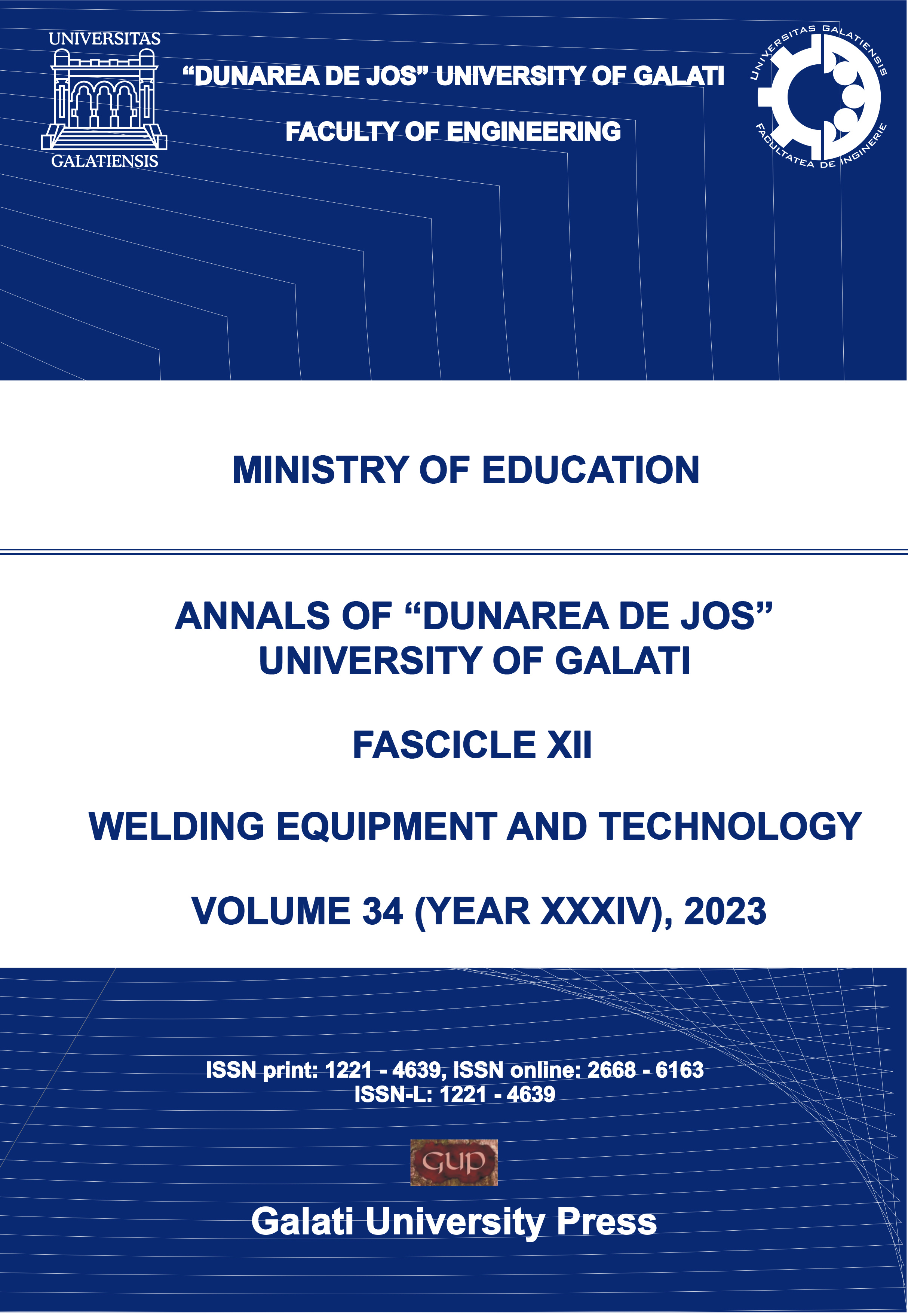Recent Advances in Adhesive Bonding of 3D-Printed Parts and Methods to Increase their Mechanical Performance
Abstract
The use of additive manufacturing (AM) has revolutionized the production of polymer-based materials, offering a wide range of design possibilities and geometric complexity. However, due to the limitations of 3D printers to produce large parts, the parts often must be printed in several separate components and further joined together to obtain the final 3D-printed part. 3D printing can be used to produce only the most complex parts, which can be further combined with simple, non-printed parts from other materials to make the final product. One way to join 3D-printed part is an adhesive-bonded method. This paper focuses on the recent advances in adhesive bonding techniques for 3D-printed parts and explores various methods to enhance their mechanical performance. The benefits and limitations of each technique were discussed, and highlighted promising paths for future research. Finally, this paper provides a comprehensive overview of the current strategies to improve the mechanical performance of adhesive joints with AM-based adherents, offering guidance for the design and fabrication of high-performance structures in a range of applications. It was concluded that the configuration of the bonding area represents an essential parameter that directly influences the bonding strength and overall structural integrity of AM adhesive joints, and that the implementation of customized joint geometries can lead to a substantial enhancement in the joint strength of 3D-printed parts. The incorporation of reinforcing materials, optimization of the printing parameters of adherents, pre and post-treatment methods show potential in enhancing the bonding strength of the 3D-printed joints. The synergistic integration of these cutting-edge technologies can yield mutual advantages that complement each other, ultimately resulting in an enhanced overall performance for AM parts.
Downloads
Papers accepted for publication become the copyrighted property of the Annals of "Dunarea de Jos" University of Galati, Fascicle XII, Welding Equipment and Technology. No part of the publication may be reproduced or transmitted in any form, or by any means, electronic or mechanical, including photocopy, recording, or any information storage and retrieval system, except in limited quantities for the non-commercial purposes of scientific or educational advancement, without permission in writing from the Editorial Board.


